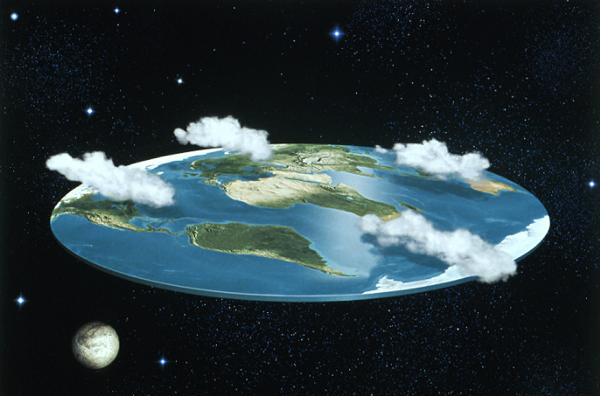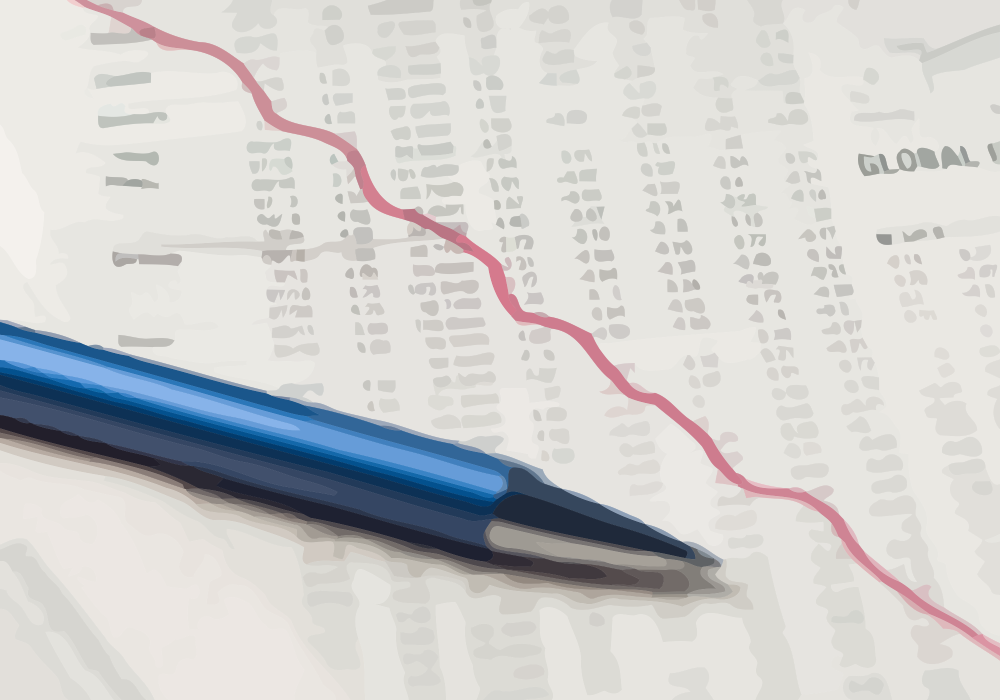by Keith Dicker, IceCap Asset Management
Is Earth Round or Flat
The Global Hunt for Taxes
Back in his day, Christopher Columbus was known as a swashbuckling adventurer willing to risk his life and limb for a boat ride. His thirst for adventure discovered many things, including the fact that the earth is round, and not flat.
Then in 2005, American journalist Robert Friedman declared the opposite in that the world isn’t actually round, but flat as a pancake. His best selling book explored how technology was changing the way people, businesses and countries do business.
Yet today, a mere 9 years later, legions of financial analysts, economists, elected and unelected officials are declaring the world is neither flat nor round, but a bunch of individually, wrapped islands completely separate, independent and unaffected by anything outside of their respective borders.
Call us old-fashioned, but we lie squarely on the side of Christopher Columbus. Yes, the world is indeed round and what goes around, comes around so to speak. Financially speaking, it’s our view that it is impossible today for any major country to function independently from anyone else. Economically, if most countries are doing well then it is highly likely any laggards will be dragged along for the ride too.
Of course, the opposite is also true. If the majority of the big economic countries are not doing well, then it is highly likely the rest will follow them down the garden path
Today, most major countries are struggling. In Europe for example, recent GDP data shows the old world growing at +0.8%. Hardly the acceleration needed to declare victory over the debt crisis. Italy in particular, is really struggling with what now looks like another return to recession, while everyone’s favourite socialist country – France, also disappointed with no growth to speak of at all.
Meanwhile, emerging market countries – the darlings of the pre-2008 crisis continue to grow, but at half the rate of what they regularly achieved previously during their boom years.
There is some good news. The United Kingdom has now officially returned to the same level it was prior to the 2008 crisis. And then there is America – the self proclaimed economic engine of the world.
At first glance, America seems to be firing on all cylinders. Over the last 4 years, the country has averaged +2.4% growth. Measured another way, the American economy increased from $13.8 Trillion to $15.6 Trillion, for a total 4 year gain of $1.8 Trillion.
At second glance, during the exact same time frame the US Federal Reserve printed money totalling $3.3 trillion. While viewing the data in Chart 1 on the next page, we ask you to really think about what you are seeing. Essentially, using a money printing machine to produce $3.3 Trillion only helped to grow the US economy by $1.8 trillion.
Be Bold, But Not Bad
Obviously, the Americans didn’t quite get the bang for their buck they were expecting, and this is the point we make – despite trillions in Dollars, Pounds, Yen and Euros of economic stimulus, world economic growth remains a rather big disappointment.
As there are always consequences, the major consequence of massive money printing followed by low economic growth is the one few investment analysts, economists, and big bank investment committees speak about. Now, whether the reason for this silence is a business decision, lack of product to express the view, or even plain ignorance, the fact remains the connection isn’t being made. And worse still, it isn't being communicated to the majority of investors around the world.
Maybe this lack of communication can be blamed on Christopher Columbus, or Robert Friedman. More likely however, the real target of blame is the current culture imbedded in the financial industry that central bankers do know what they are doing and eventually they will deliver the world from its current economic funk.
In fact, the current state of economic, monetary and fiscal policies has become so severely warped and twisted that for the first time ever, we have economics and business graduates that have spent their entire academic career in a period with 0% interest rates, money printing and subsidized lending.
Think about this for a moment, our future leaders have established their entire economic and monetary belief system during the most bizarre economic moment in the history of the world. To them – this is normal. In many ways, it’s very much the same as the film “The Truman Show” where unknown to him, Jim Carey lives his entire life within a manmade bubble, only to eventually discover his entire belief system was manufactured by the director and producers of the show.
In our opinion, it’s rather quite obvious that the world’s policy makers absolutely know that the economic and financial world isn’t quite up to par. In some ways they should be congratulated and maybe even admired for stoically making many very bold decisions. In other ways, they should read their report card and admit their failures.
Just because you sit in the corner office and make bold decisions, doesn’t mean you are right. The corporate world is famous for firing under performing workers. Those that make bad business decisions rarely find themselves with the opportunity to continue making even more bad business decisions. It’s mind boggling that the world’s central bankers are not treated the same way.
Simple Math
In our mind, it’s become rather obvious that current stimulus plans are not working. Rather than scrap the madness and start over, our world political and economic leaders insist on a rather bizarre analysis that what they are doing is actually correct. But the reason for its ineffectiveness is that they haven’t done enough of it. In other words, yes the central banks and governments of the world have certainly dug themselves into a pretty deep hole. Yet, instead of trying to climb out or shout for help, they ask for more shovels – dig deeper! Chart 2 on the next page shows the amount of money printing that has been initiated since 2008. Considering that the previous 100 years produced no money printing by the world’s major countries, the current amount is rather shocking to say the least.
And this brings us to the consequences of all of this digging by our central banks. Despite massive amounts of stimulus, global growth remains stagnant. The reason for the lacklustre rebound is due to businesses and individuals slowly withdrawing their money from the economy.
Many people have commented that all the world really needs is a little more confidence. Once people and companies become more comfortable they’ll start to spend again. This view is 100% correct – but what’s missing from this analysis is the reason confidence is declining. The reason for the decline is due to the very policy actions of our governments and central banks to help restore confidence. Their actions are actually causing people to have less confidence – talk about irony.
When it comes to money, no magic formula or pixie dust can be applied to make it behave differently than it should. Individuals and companies both live in a world where you can only spend what you make. If you spend more than what you make, you need to borrow to make up the difference. Eventually, you will have reached your borrowing limit and then you have to start repaying your debt, or if you cannot repay – you default on your loans, and whoever lent you the money takes a loss. Simple enough.
Governments also use money and rarely spend less than what it collects in taxes. The difference of course is referred to as a deficit, and the only way money math works is to borrow money to equal the difference.
Yet, this seemingly perpetual access to debt has proven to be an open ticket for most governments to evolve into spendthrift characters of the worst kind. Months, years and decades of deficits and borrowing have literally pushed the natural laws of money and mathematics to the limit. With many countries having reached this limit, the inclination is to keep the money party going – which of course is the reason for 0% interest rates, money printing, bank bailouts and robbing savings from the poor to pay the rich.
While most media outlets only focus on the growth story of our world, we find it interesting that very few ever discuss the debt story. There are many reasons for this. For starters, you can see growth but you cannot see debt. When you see a nice car parked in front of a nice house, full of a nice family who takes nice vacations, most people say “wow, it must be nice to be rich.” Since you cannot see the debt used to become so nice, perhaps you should be saying “wow, they must have a lot of debt.”
A Real Doozy
As most countries continue to spend more money than they collect in taxes, the amount of debt continues to grow. And, this brings us to the global hunt for taxes. Because our economies are growing slower than our debt levels, the only other way for governments to improve their financial lot is to either reduce spending or to increase taxes. ...
More in the full note inside (PDF)


















